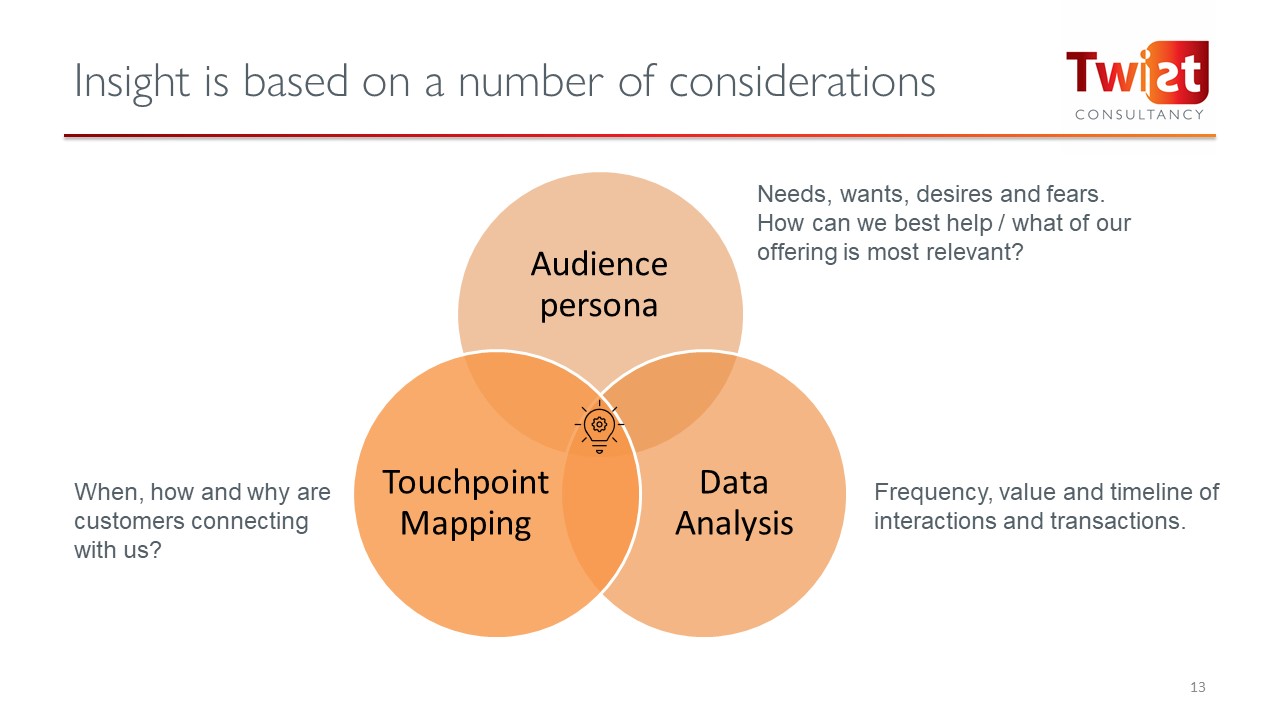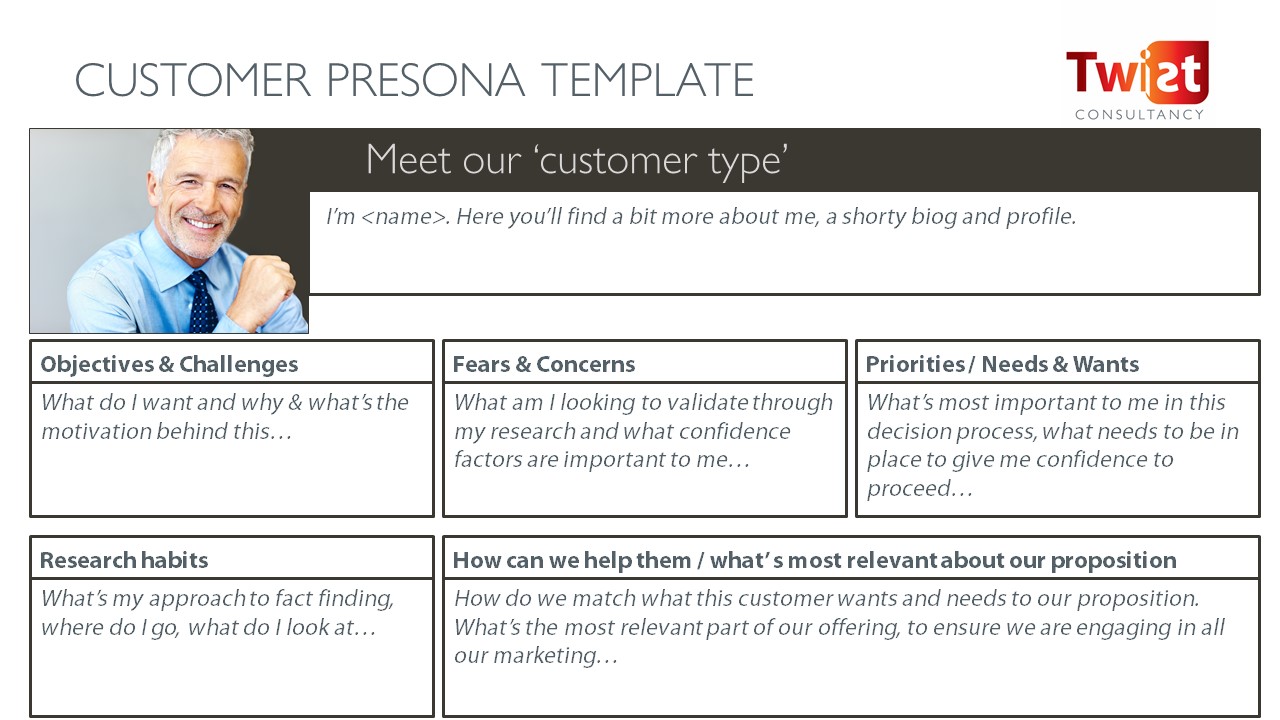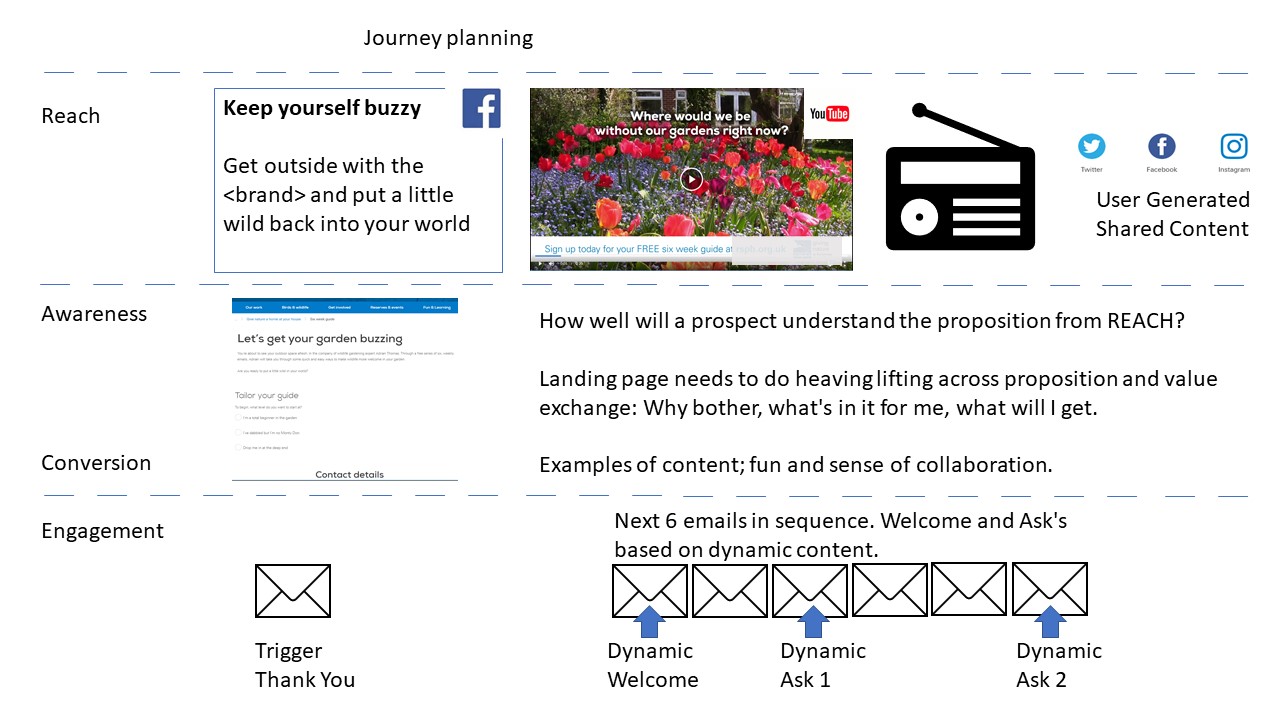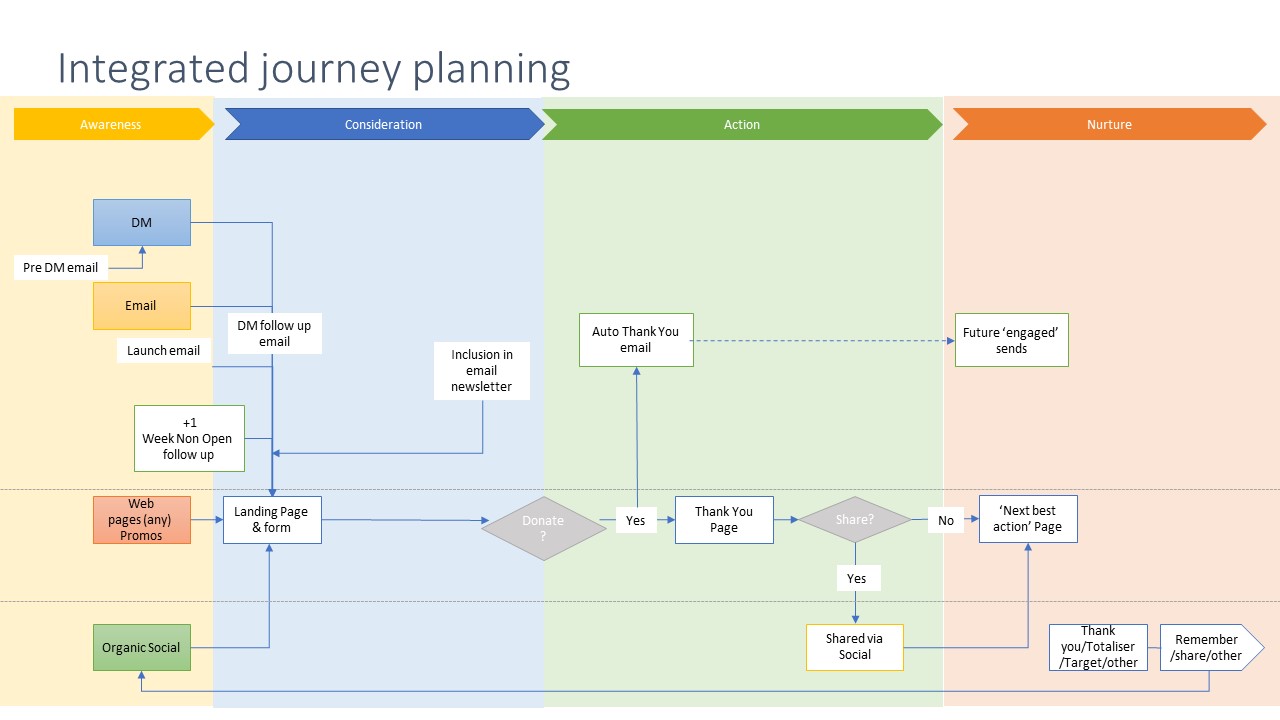Data insight is not the whole puzzle. It’s only one piece
Editor's Note: Nick will be leading a discussion on this article at a special, open-to-all OI Live Zoom Call on Thursday, March 25, 2021 from 12:00 noon to 1:00 PM ET. Register here.
Great marketing, that blend of art and science, is as much about knowing your customers emotional needs and how and when they want to interact, as it is profiles from data insight. Here are three easy steps to complete the full picture and ensure we’re more human in our approach to delivering great campaigns.
“We need more data insight” … a cry often heard in marketing planning meetings. And whilst this is critical, my fear is that this quest for clarity actually blinds us from creating humanised marketing.
Our audience are not a set of data points. Purchase decisions are made with emotion and then justified with logic. So how can we ensure that we craft and create great emails that blend the science and art into amazing campaigns?
For me it’s ensuring there is a combined view across three key areas.

These are simple areas to define, but how do you actually go about achieving insight when time and resource is limited at best, and often over stretched already. Well here are my 3 quick start suggestions to provide this rounded view.
1. Audience Persona
Google this and you’ll find plenty of examples. Some are so complex that they can be off putting. Like all pragmatic planning outputs, it also needs to be immediately useful. A beautifully created visually stunning, word rich persona is a thing of beauty. But it doesn’t help me create more targeted tailored messages, it’s just a piece of marketing art.
Here’s my go to persona template.

How does this articulation of a customer’s needs, fears, wants and desires help?
Different customer groups have different needs. This is why you need to position your business offering in different ways. Your goal is to work out what your customers want from both sides of their brain, both emotionally as well as rationally.
To quote Kevin Stirtz “Know what your customers want most and what your company does best. Focus on where those two meet.”
Use the experience of all areas of your business that interact with customers to define and detail audience groups. Done right you will quickly have some key areas to differentiate them, providing ways to position your messaging correctly. After all what a prospect who has never used you needs, compared to a customer who has used you multiple times, is very different.
2. Touchpoint mapping (what’s the interaction journey your customer takes?)
Like persona creation, these can get really complicated really quickly. No surprise then that once again my advice here is to ensure that what you create is simple enough to be useful. What matters most is the discipline of mapping the key interactions. This ensures you can then take into account where in their journey your customers are and overlay this with what they need to know now. Creating the next message based on past experience and anticipated future needs.
Here’s an example of mapping key points and considerations across the stages of a journey from awareness to action:

Some of the questions this visualisation helps surface include:
- What does the prospect know from initial awareness to action. How can we support and guide this.
- What’s in it for the prospect
- What do we want the prospect to feel at this stage in the journey
To provide another useful view (and often neglected in planning), mapping out the full integrated journey across channels ensures a deliberate experience is created.
No piece of marketing acts in isolation, even for a solus one off email other content across channel influences perception and propensity to act. Don’t make this experience random. Work to a planned cross channel approach and when appropriate make this omnichannel (a joined and shared set of messages across channel) and a blog topic in its own right.

I’ve found this visual mapping really helps support and challenge what we’re saying when in campaign planning. What expectation has been set from a social post, how is this re-enforced and turned into consideration by the email. And how does the web landing page develop into action and next steps. Across message, look and feel, next best action etc, now you’re creating a joined up, supportive and useful marketing journey. Making your email planning relevant, useful and of value.
3. Data insight
So now we add the enabler to all these ambitions and objectives. The data. With a much clearer, more rounded view of who we’re about to talk to, what they might be feeling and thinking and how we can relevantly engage with the next marketing message.
All the benefits of profiling your data still exist. It enables you to answer key questions:
- Who are your customers?
- Who is most/least valuable?
- What do they buy from you?
- Who will be your customers (key prospects)?
And informs your targeting and budget considerations. Which segment is most valuable, which as the most potential etc.
But now you’re planning with width of insight. And ensuring that you’re considering this groups needs and wants, not just that of your business.
Fundamentally you’re now putting your customers at the centre of your planning strategy. Ensuring that experience and journey are as high a priority as past behaviour or willingness to receive emails from you.
Now you have far more pieces of the puzzle from which to create smart, intelligent and valued marketing campaigns.
Editor's Note: Nick will be a leading a discussion on this article at a special, open-to-all OI Live Zoom Call on Thursday, March 25, 2021 from 12:00 noon to 1:00 PM ET. Register here.

 How to resolve AdBlock issue?
How to resolve AdBlock issue? 
